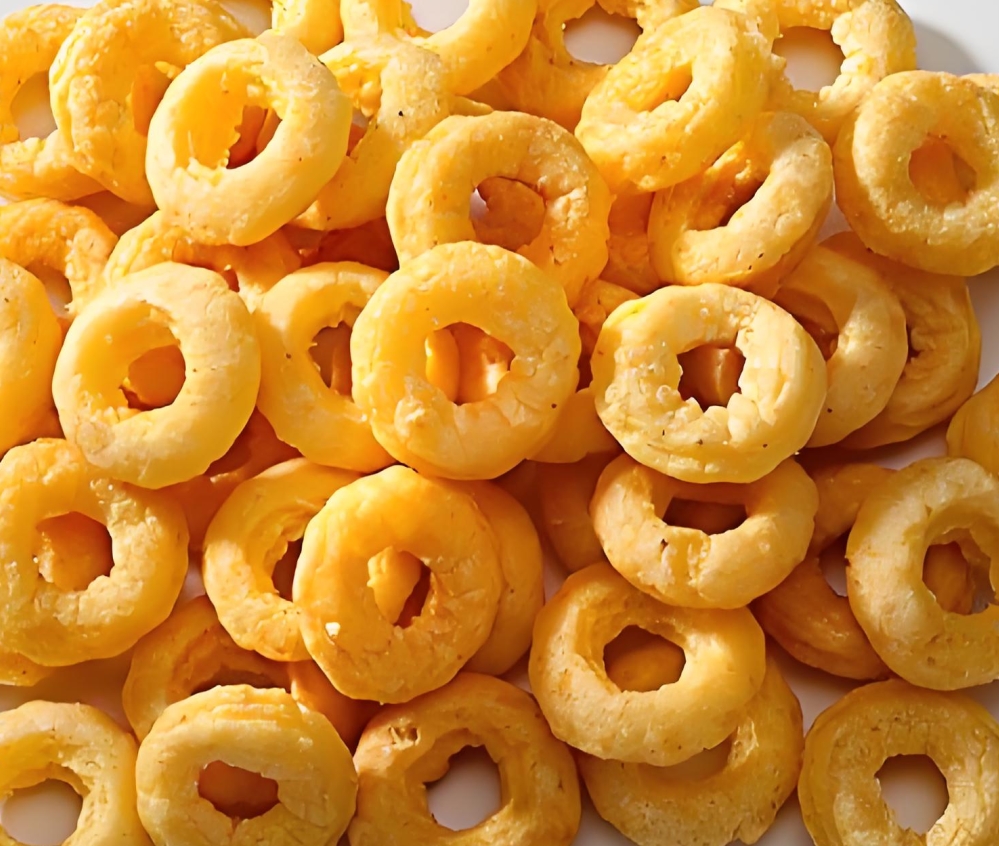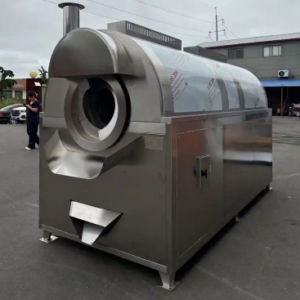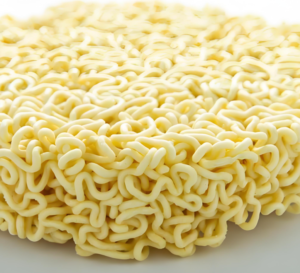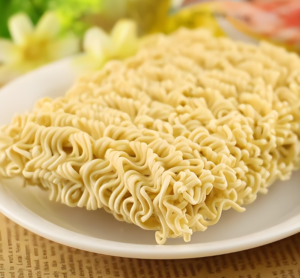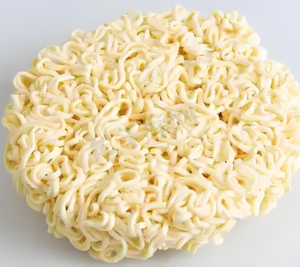<h1>How Extruded Foods Are Baked: A Comprehensive Guide for B2B Professionals</h1>Introduction
Extruded foods, such as snacks, cereals, and pet treats, are staples in global markets, driven by efficient manufacturing processes. This article explores the baking aspect of extrusion, a key step that enhances texture, flavor, and shelf life. For B2B professionals in foreign trade, understanding this process can optimize supply chains and product quality.
puffed snack food making machine
ToggleBaking extruded foods involves controlled heat application post-extrusion, ensuring safety and appeal. We’ll cover the fundamentals, techniques, and innovations, helping manufacturers and exporters stay competitive in international trade.
What is Extruded Food?
Extruded food refers to products made through extrusion, a high-pressure process that shapes raw ingredients into various forms. Common examples include puffed snacks, breakfast cereals, and pasta alternatives, which are popular in B2B exports due to their versatility.
In the food industry, extrusion combines mixing, cooking, and shaping in one step, often using starches, proteins, and additives. This method allows for rapid production, making it ideal for large-scale manufacturing and global distribution.
For B2B traders, extruded foods offer opportunities in markets like Asia and Europe, where demand for convenient, nutritious options is rising. The process ensures uniform products that meet international standards.
The Extrusion Process Explained
Extrusion begins with feeding raw materials, such as grains or flours, into a machine called an extruder. Inside, a screw mechanism applies heat and pressure, cooking and gelatinizing the ingredients.
As the mixture moves through the extruder, it is forced through a die, creating specific shapes like rings or sticks. This step can involve temperatures up to 200°C, partially baking the product during extrusion itself.
In B2B contexts, this process is scalable, allowing manufacturers to produce large batches for export. Factors like moisture content and screw speed influence the final texture, impacting how the product responds to subsequent baking.
Integrating Baking into the Extrusion Workflow
Baking is often a post-extrusion step that further dries and crisps the product. After extrusion, items are typically conveyed to ovens where heat drives off moisture and sets the structure.
This integration ensures energy efficiency, as the initial heat from extrusion prepares the food for baking. In B2B operations, this seamless workflow reduces production time and costs, making extruded foods attractive for trade.
Manufacturers must monitor variables like oven temperature and airflow to prevent over-baking, which could affect nutritional value. Proper integration enhances product consistency, a critical factor in global supply chains.
Baking Techniques for Extruded Foods
Common baking techniques include convection, infrared, and microwave methods, each suited to different extruded products. Convection baking uses hot air circulation for even heating, ideal for snacks like corn curls.
Infrared baking applies radiant heat directly to the surface, speeding up the process and preserving flavors. This technique is popular in B2B settings for high-volume production, as it minimizes energy use.
Microwave baking offers rapid drying with minimal equipment, perfect for delicate items like extruded cereals. Each method requires precise control to achieve the desired crunch and color, ensuring compliance with export regulations.
For foreign trade professionals, selecting the right technique depends on target markets. For instance, products destined for the EU may need to meet specific baking standards for reduced acrylamide levels.
Benefits of Baking Extruded Foods in B2B Trade
Baking extruded foods improves shelf stability, extending product life for international shipping. This benefit is crucial for B2B exporters dealing with long transit times to regions like the Middle East or North America.
The process enhances nutritional profiles by reducing moisture, which can inhibit microbial growth. Manufacturers can fortify products with vitamins during baking, appealing to health-conscious buyers in global markets.
In terms of cost, baking integrates easily into extrusion lines, lowering overall production expenses. B2B professionals gain a competitive edge by offering customized, baked extruded foods that meet diverse dietary preferences.
Additionally, baked extruded products often have better sensory attributes, like improved taste and texture, which drive repeat business and brand loyalty in trade partnerships.
Challenges in Baking Extruded Foods and Solutions
One major challenge is maintaining uniform baking, as uneven heat can lead to inconsistent quality. In B2B manufacturing, this risks product recalls and damaged reputations in export markets.
Solutions include advanced oven technologies with zoned heating controls, allowing precise temperature adjustments. Regular calibration and monitoring ensure compliance with international food safety standards.
Another issue is energy consumption, which can increase costs for exporters. Implementing energy-efficient ovens and optimizing baking times helps mitigate this, supporting sustainable practices demanded by global buyers.
Furthermore, ingredient variations can affect baking outcomes. B2B suppliers should source consistent raw materials and conduct pilot tests to adapt recipes, ensuring reliable results for trade clients.
Innovations in Extruded Food Baking
Recent innovations include hybrid extrusion-baking systems that combine processes in a single unit, reducing space and time. These systems use AI to monitor and adjust parameters in real-time, enhancing efficiency for B2B operations.
For example, radiofrequency baking technology offers faster, more uniform heating than traditional methods. This is particularly useful for exporting delicate extruded foods like vegan snacks to premium markets.
Sustainable innovations, such as solar-powered ovens, are gaining traction, aligning with eco-friendly demands from international buyers. These advancements lower carbon footprints and open new trade opportunities.
In the B2B sector, collaborations with tech firms are driving the development of smart baking lines. These integrate data analytics to predict maintenance needs, minimizing downtime and maximizing export volumes.
Quality Control and Safety in Baking Extruded Foods
Quality control is essential in baking extruded foods to ensure they meet global standards. B2B manufacturers use tools like moisture meters and thermal imaging to verify baking consistency.
Safety protocols focus on preventing contaminants, such as allergens, during the baking phase. Regular audits and certifications, like ISO 22000, are vital for exporters to gain trust in foreign markets.
Testing for chemical changes, such as Maillard reactions, helps maintain nutritional integrity. This is critical for products targeted at health-focused segments, like organic extruded bars.
By prioritizing quality, B2B professionals can differentiate their offerings, fostering long-term trade relationships and reducing the risk of non-compliance issues.
Frequently Asked Questions
What is the difference between extrusion and baking in food production? Extrusion shapes and partially cooks the food under pressure, while baking is a follow-up step that dries and crisps it for final texture and shelf life.
How does baking affect the nutritional value of extruded foods? Baking can preserve or enhance nutrients by reducing moisture, but excessive heat might degrade some vitamins; controlled processes minimize this loss.
What equipment is best for baking extruded foods in a B2B setting? Convection ovens are versatile for large-scale operations, but infrared or microwave systems are ideal for energy efficiency and speed in export-focused manufacturing.
Can baking extruded foods be automated for better trade efficiency? Yes, automation through AI-driven controls allows for consistent results, reducing labor costs and enabling 24/7 production for global markets.
What are common baking temperatures for extruded snacks? Temperatures typically range from 120°C to 180°C, depending on the product; precise control ensures optimal crispiness without burning.
How does baking impact the export potential of extruded foods? It extends shelf life and improves quality, making products more appealing to international buyers and easing compliance with import regulations.
Conclusion
In summary, baking extruded foods is a vital process that bridges manufacturing efficiency with market demands in the B2B sector. By mastering techniques, addressing challenges, and embracing innovations, professionals can enhance product quality and expand trade opportunities. This guide equips you with the knowledge to navigate the complexities of extruded food baking, ultimately driving success in global exports.

